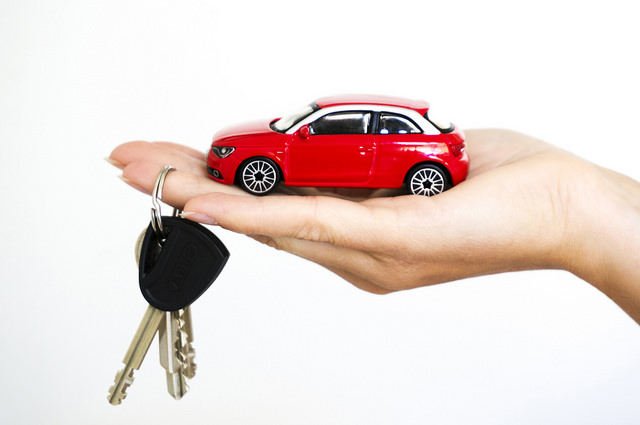Buying a used car can be a challenging experience if you do not know how to go about it. You can encounter problems such as lack of enough money, scams, hidden defects, cooked mileage records and many others.
According to studies, the biggest fears people have when buying used cars relate to durability and quality. More than 18 percent of the people interviewed admitted that they were anxious about hidden defects while 20 percent confessed that they dreaded lemon cars. Here is a list of ten steps that will make your experience simpler and less stressful when buying a used car.
Determine How Much You Can Afford
The amount of money you spend on a car loan should be less than 20 percent of your monthly earnings. You should also consider the ownership costs associated with used cars. You will need occasional maintenance and repairs. You will also need to purchase an auto insurance policy and fuel the car regularly.
Build a target list of used cars and check their prices
Come up with a list of at least three car models that meet your needs. Compare their prices and go with the one that fits within your budget limits. The rule of thumb here is to contact more than one dealer and compare their quotes.
Check the vehicle’s history report
Make sure the dealer gives you the history report of the car you choose. A history report will reveal whether the odometer has been manipulated or whether the vehicle has a salvage title. You can use the car’s VIN to check its history report from sites like AutoCheck and Carfax.
Contact the Seller
Schedule a physical or phone interview with the seller. Let him tell you how long he has owned the car and why he wants to sell it. You also need to know if the vehicle has been damaged before and whether there are any issues that require attention.
Have the car inspected
Make sure the car is inspected by a qualified mechanic before you take it home. The mechanic will discover hidden problems and recommend changes if necessary.
Consider a test drive
Get behind the wheel and determine how the car behaves. Test the handle brake to ensure it is correctly adjusted. Listen to any irregular noises from the engine and drive the car on different surfaces to get a better impression.
Negotiate a good deal
A good approach for effective bargaining is to make a list of all the faults you have discovered during the inspection. Negotiate the price based on the cost of fixing those faults. In case there is no problem, ask the buyer to accept a figure that is reasonably below the asking price.
Take Care of the finances
Do not concentrate on the price and payment terms. Doing this will give the dealer an opportunity to pin you down and eliminate your escape routes. Instead, put more emphasis on negotiation terms, interest rates and trade value. This will leave the dealer with no any other choice but to offer a fair contract.
Do not buy on the same day
Tell the dealer that there is a slight chance you might buy the car another day when the price is good. This will motivate him to give you his best price. Make sure you record the price to remind him when you come back.
Get the paperwork done
Ensure all the details such as the title and service history books are in order. Check them thoroughly to ensure they match the seller and that they are original. You should also ensure you get receipts for all the payments you make.
You need to carry out the due diligence when buying a used car from any dealer. It should provide real value for your money, be safe and guarantee durability. Consider the tips discussed above, and you will have yourself to thank later.



